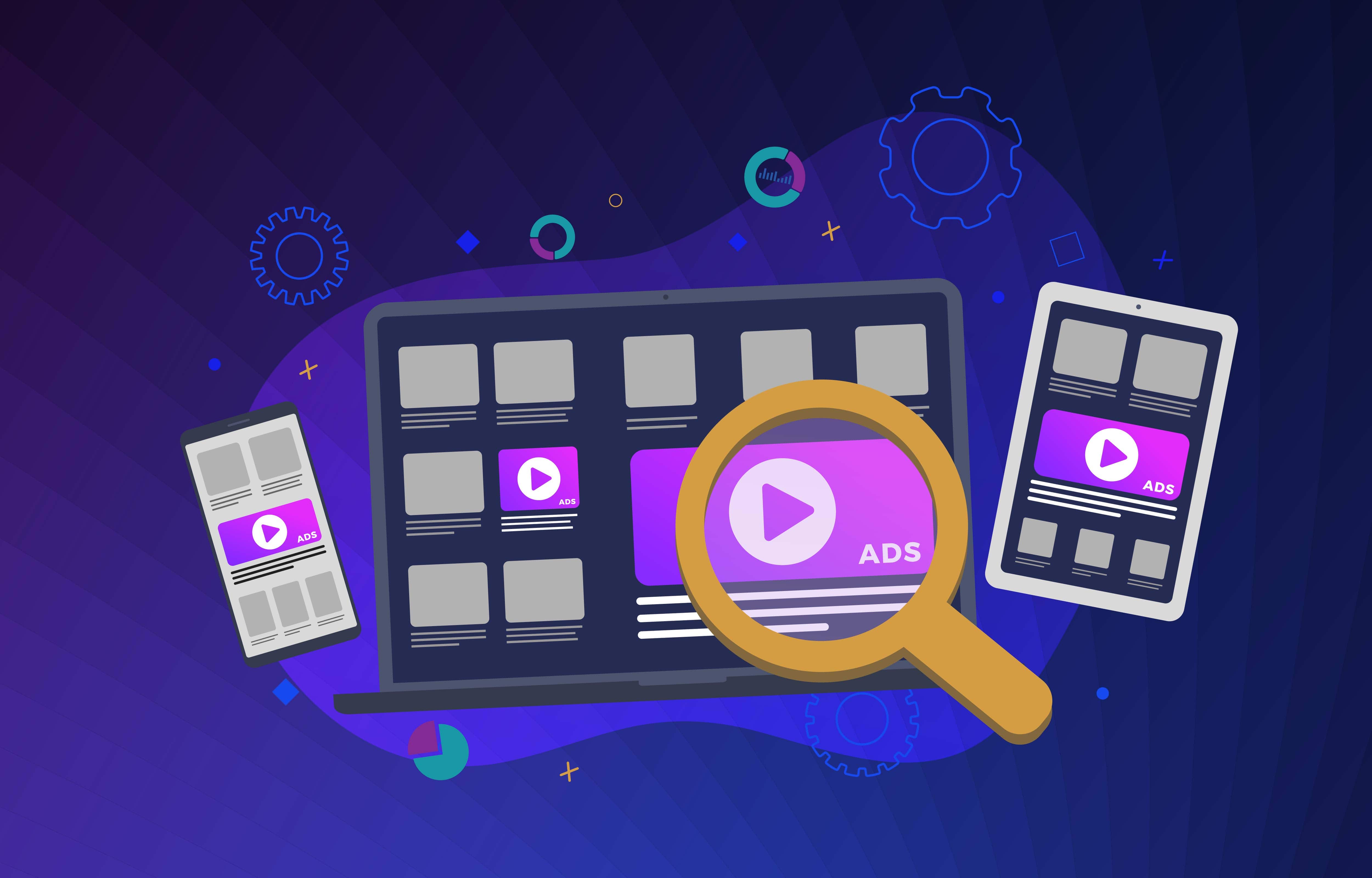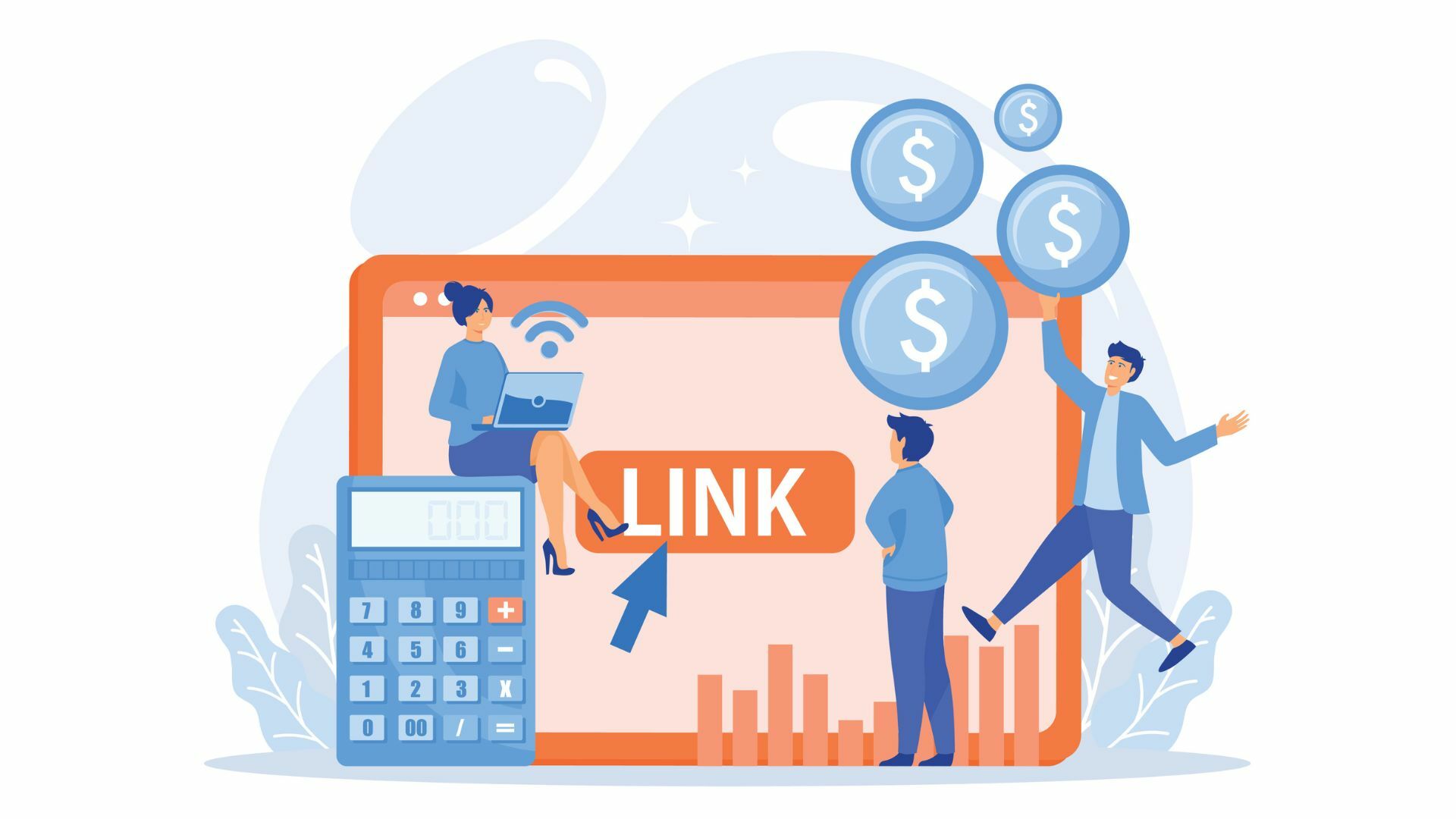In this post, we’ll delve into the ins and outs of programmatic advertising, highlighting its key benefits, exploring current trends, and demystifying the processes involved. So whether you’re a seasoned marketer looking to stay on top of industry shifts or a business owner seeking innovative ways to reach your audience, keep reading for some valuable insights.
What is Programmatic Advertising?
Programmatic advertising is an automated process of buying and selling online ad space (programmatic media buying). This method streamlines the process and consolidates digital advertising efforts into one technology platform. It’s a departure from traditional methods that involved RFPs (Requests for Proposals), human negotiations, and manual insertion orders.
Programmatic advertising uses precise tactics to segment target audiences with real data, offering an efficient and effective approach to online advertising.
Who Uses Programmatic Advertising?
-
Advertisers
Businesses and individuals who want to promote their products or services through digital advertising use programmatic advertising to reach their target audiences on digital media. They do this efficiently and effectively by utilizing data-driven strategies to deliver relevant ads.
-
Agencies
Advertising agencies act as intermediaries between advertisers and publishers. They use programmatic advertising to manage their clients’ digital ad campaigns, optimizing performance and ensuring they get the best results for their advertising budget.
-
Publishers
Websites, apps, or other digital platforms that offer ad inventory use programmatic advertising to sell their ad space to advertisers, allowing them to monetize their digital properties and generate revenue.
-
Ad Tech Platforms
Ad tech platforms are technology companies that facilitate programmatic advertising. These platforms include demand-side platforms (DSPs), supply-side platforms (SSPs), ad exchanges, and data management platforms (DMPs). DSPs allow advertisers and agencies to buy ad inventory, while SSPs enable publishers to sell their ad space. Ad exchanges connect buyers (DSPs) and sellers (SSPs) to facilitate ad transactions, and DMPs handle the collection, storage, and analysis of data to inform programmatic advertising decisions.
What Are the Benefits of Programmatic Advertising?
There are a variety of advantages of programmatic advertising. These include:
Efficiency
Programmatic advertising achieves efficiency through automation and real-time processes. Using data-driven targeting, advertisers can precisely reach their desired audience with personalized ads, improving engagement and conversions.
Real-time bidding enables instantaneous ad placements, while continuous optimization and insights empower advertisers to adjust campaigns for better results. With cross-channel campaign management, advertisers can streamline their efforts, saving time and money.
Scale and Reach
Programmatic advertising improves scale and reach for advertisers by providing access to vast ad inventory, enabling real-time bidding, utilizing data-driven targeting, personalizing ad content, managing cross-channel campaigns, and extending global reach. These features empower advertisers to reach the right audience at the right time and with the right message, leading to increased ad effectiveness and better overall campaign performance.
Transparency
Programmatic advertising offers advertisers greater visibility into ad placements, ad performance metrics, audience data, costs, auction dynamics, and campaign optimization. Advertisers can see where their ads are displayed, ensuring brand safety, and access real-time data on impressions, clicks, conversions, and more, allowing accurate measurement of campaign effectiveness.
The availability of audience data enables refined targeting, leading to more relevant ad delivery. Cost transparency allows advertisers to assess ROI, and real-time adjustments based on insights optimize ad strategies. This transparency fosters trust and accountability, empowering advertisers to make informed decisions and achieve more successful advertising outcomes.
Measurement
Programmatic technology offers the benefit of comprehensive and real-time measurement capabilities. Advertisers can access real-time data on ad performance, audience insights, and attribution modeling to track key performance indicators (KPIs) such as impressions, clicks, conversions, and viewability. With detailed performance reports and cost transparency, programmatic advertising provides valuable insights that lead to more successful and efficient advertising efforts.
How Does Programmatic Advertising Work?
Programmatic ad buying works through an automated and data-driven process that enables advertisers to buy and display digital ad inventory in real time. Here’s how it works:
-
Publisher and Ad Inventory
Publishers, such as websites, apps, or digital platforms, offer ad space in real-time for sale on their platforms. They make this inventory available through ad exchanges or supply-side platforms (SSPs).
-
Advertiser and Demand-Side Platforms (DSP)
Advertisers who want to promote their products or services use a demand-side platform (DSP) to create and manage their ad campaigns. The DSP is a software platform that allows advertisers to access multiple ad exchanges and ad inventory sources.
-
Data-Driven Targeting
Advertisers use data to define their target audience. This data may include demographics, interests, browsing behavior, location, and more. With this information, advertisers can specify the characteristics of the users they want to reach.
-
Real-Time Bidding (RTB)
When a user visits a publisher’s website or app, an ad impression becomes available. Advertisers using a DSP can bid on this impression in real-time through an auction process known as real-time bidding (RTB). The ad exchange or supply-side platform facilitates this auction.
-
Ad Auction and Ad Serving
Advertisers bid on the impression, and the highest bidder wins the auction. The winning ad is then served to the user on the publisher’s website or app in real-time.
-
Ad Display and User Engagement
The user sees the display ad, and if interested, they may click on it to visit the advertiser’s website or take the desired action, such as making a purchase or signing up for a newsletter.
-
Data Analysis and Optimization
Programmatic advertising platforms continuously collect and analyze data on ad performance, audience engagement, and conversions. Advertisers use this data to optimize their campaigns in real-time, adjusting bids, targeting criteria, and creative elements to achieve better results.
Why is Programmatic Advertising Successful?
Simply said, it is successful because it is practical, targeted, and scalable.
US marketers spent over $61 billion on programmatic ads only two years ago. That sum is expected to climb to $133 billion in 2023, accounting for 91% of total digital ad spend.
According to eMarketer, this rise has blown earlier estimates out of the water. It is primarily due to a swift rebound following the COVID-19 pandemic and progress in artificial intelligence and how it affects marketing. The system works and is in use because it uses time and resources well.
Programmatic advertising offers a game-changing solution for businesses looking to maximize their ad spend. By leveraging the power of algorithms, your advertising dollars are being strategically invested in the most effective channels. All you have to do is provide information about your campaign, audience, and key performance indicators to your programmatic provider and the algorithm will handle the rest!
Trends in Programmatic Advertising
Programmatic advertising, like everything else, is evolving and changing. As the sector matures, different trends arise, so it’s essential to keep an eye on what’s going on with programmatic.
Artificial Intelligence
Artificial intelligence and machine learning can be used in real-time to detect patterns and anticipate outcomes across various data points. As AI advances, it can integrate ad viewing metrics with user data to display ads more accurately, resulting in improved conversions.
Increased Personalization
Ads may now be optimized and measured in real-time using programmatic ad technology. By utilizing dynamic creative optimization (DCO) and artificial intelligence, advertisers can deliver more precise messaging to their intended audience. This results in highly relevant and personalized ads tailored to specific user groups. The power of AI provides the necessary data and insights to make this possible. It also benefits the publishers. DCO knows the viewer and selects the optimal creative combination to send the right message to each user, guaranteeing that publishers only show the most relevant advertising to their site’s viewers.
Preventing Ad Fraud
Ad fraud is a significant issue where fraudsters exploit the automated nature of programmatic ads for financial gain. They may use tactics such as sending fake clicks to attribution tools or creating fraudulent traffic sources. There are several ad fraud protection services available that allow advertisers to safeguard their investments and ensure the effectiveness of their campaigns.
Is Programmatic The Future of Marketing?
When it comes to programmatic advertising, the future has already arrived. Programmatic advertising spend grows yearly, and this extraordinary development extends beyond display ads to native advertising, mobile advertising, and video advertising. Spending on programmatic video advertising in the US will exceed $75 billion by the end of 2023.
Conclusion
Programmatic advertising streamlines the ad process by utilizing algorithms and machine learning to sell and place digital ad impressions through ad exchange networks in seconds. Additionally, programmatic advertising employs traffic statistics and online targeting strategies to provide more precise impressions efficiently and at scale. It results in higher ROI for advertisers and publishers.
New Path Digital specializes in developing marketing and advertising strategies that prioritize the needs and preferences of consumers, ultimately impacting their purchasing decisions. Our expertise lies in creating “path-to-purchase” models that continuously learn, adapt, and enhance our client’s marketing and advertising spending effectiveness.
Blog Last Updated on 8 months by New Path Digital






